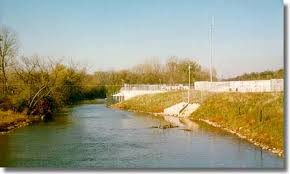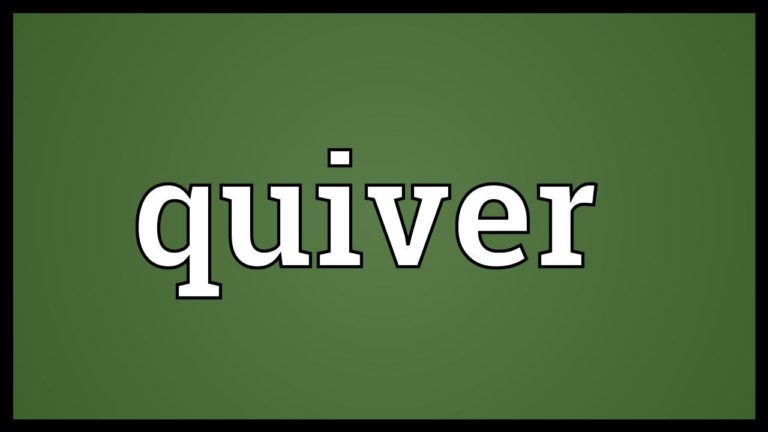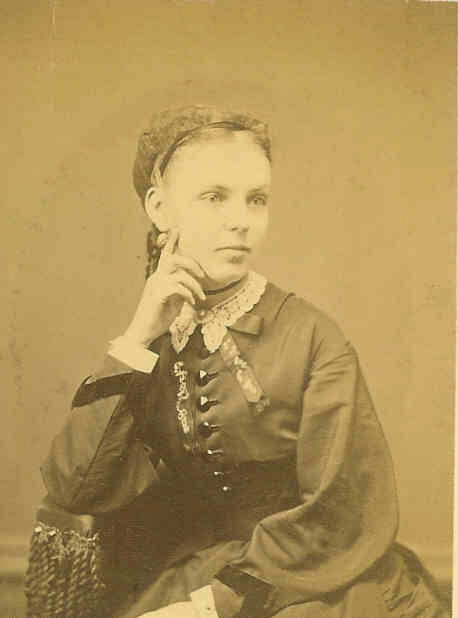History of Pennsylvania Township part 2 of 4
This is PART TWO
During the spring and summer of 1853, we find the following settlers added to the list already given: George W. and Alexander Benscoter, William Legg, Asa Gregory, D. V. Benscoter and Joseph Statler. The Benscoters and Gregory were from Pennsylvania, Statler from the Buckeye State and Legg from Cass County, Hoosierdom. Legg entered the land pre-empted by J. H. Wandel, and made an improvement in the summer of 1853. The summer following, he sold out to George W. and Alexander Benscoter. Asa Gregory settled in the northwest corner of the township, remained a few years, then sold out and returned East. Joseph Statler settled in the south part, a short distance north of the present village of Teheran, on land now owned by J. McClung and J. H. Matthews. The records of the county show that he (Statler) was chosen Assessor in 1858 and 1859. He was also ex-offi- cio County Treasurer, as these two offices were combined in one prior to the adoption of township organization, in 1862. A man of strict integrity and fine business abilities, it is needless to say that in these positions of public trust his duties were promptly, faithfully and ably performed. Some years since, he became a resident of Mason City, and the citizens of that thriving and prosperous city, recognizing his worth, have honored him with’ the office of City Judge. D. V. Benscoter located on Section 26, east of Statler’s, and, with many others of the family, is still a citizen of the township. Jack Conroy, from Ohio, made an improvement in the summer of 1854 on the southeast corner of the school section, where James Hurley at present resides.
About the same date, Daniel and James Riner and David E. Cruse became citizens of the township. In 1856, J. Phink, from the Keystone State, made a farm in the south part of the township, and was soon followed by Jacob Benscoter, his father-inlaw, who located in the same vicinity. While very many of the early settlers have passed over the river, to the land of shadows, many of their descendants remain citizens, and not a few occupy the farms entered and improved by their fathers. Of others who became citizens of the county prior to 1860, and located in this township, we find the names of Andreas Furrer, A. J. Gates, Alexander Blunt, Charles Hadsall, J. L. Ingersoll, T. L. Kindle, Joel Severns, W. K. Terrell and John Van Hoon. Furrer was from Germany, and settled near the western limits of the township. Gates was from Tennessee, and Blunt from Kentucky. They both settled on Section 32, where they at present reside. Hadsall, Severns and Van Hoon were from Pennsylvania ; Ingersoll, from Ohio ; Kindle and Terrell, from New Jersey. Ingersoll settled in the northwest corner of the township, and the remainder in the central and eastern portions, except Terrell, who located in the southwest corner, on Section 30.
From the year 1860 forward, changes occurred so frequently, by removals and new arrivals, that any attempt to point out the order in which citizens came in and took up their residence would necessarily be a vain and useless task. John W. Pugh, a citizen of later date, has been so prominently identified with her interests as to be worthy of more than a passing notice. He is mentioned as having come to the county in 1850. He did not locate in Pennsylvania Township until 1864, since which time he has served his fellow -citizens eleven years, in the capacity of Supervisor. He is the present incumbent, and his influence and sound judgment have much to do in the legislation of the affairs of the county. In 1874, he was chosen a member of the General Assembly, and here his influence was felt, and his votes stand recorded creditably to himself and his constituents. His entire official career has been a!ike creditable to his head and heart. The earliest settlers of Pennsylvania Township were not wholly exempt from the inconveniences and difficulties which are ever attendant companions to those who pioneer the way in the settlement and improvement of a new country.
The snorting of the iron horse had not at that date been heard within the limits of the county. Mason City and the villages in the eastern and southern part of the county had not yet been born. Havana was the only point for the shipment and sale of their extra produce. A large and, for the most part of the year, impassable swamp lay between them and it. In order to ” fetch ” their grain to market, the unloading and reloading of it five or six times was by no means an unusual occurrence. So accustomed to miring did teams become that the moment a halt was made, even though it might be on solid ground, they would lie down, through fear of finding the bottom some distance below the surface if they remained standing. Much of the early settler’s time was consumed in marketing his produce, and the feat of crossing the swamp successfully with a good full load could only be accomplished during the severity of winter. Those coming in since the era of railroads in different portions of the county know but little, by experience, of the difficulties and trials that the set- tlers of 1849 and the early fifties endured.- Their early milling was done on the Mackinaw, and, of later years, at Simmonds’ and McHarry’s, on Quiver. Their nearest post office was Havana, distant some fifteen or eighteen miles. The township has never had a post office established within its limits, save the one at present existing at Teheran. No grist-mill, so far as we have been advised, has ever been erected in any portion of it.
SCHOOLS, CHURCHES, ETC. The first settlers by no means neglected the intellectual culture of their children, and so we find that as soon as a half a dozen families were located in the same neighborhood, a temple of learning was erected. The first schoolhouse in this part was built on Pennsylvania Lane in 1853 or 1854. Miss Martha Randall is credited with being the first teacher. At present there are seven school districts in this township, each supplied with a good frame building, and the annual amount expended for educational purposes compares favorably with that of surrounding sections. The earliest ministers in this part of the moral vineyard were Revs. Mowrey, Randall and Sloan. They were ministers in the M. E. Church. The early meetings were held in the schoolhouse. After a few years, through the death and removal of members, the society became so reduced in numbers that the field was abandoned, and remained unoccupied till 1873, when the Presbyterians organized a society and erected a church building. What is known as the Pennsylvania Presbyterian Church was built in the fall of the last mentioned year. It is a neat frame building with arched ceiling, 30×40 feet, and cost, at the time of its construction, $2,150. Rev. S. J. Bogle was the first Pastor, and gave his first year’s labor to the church free of charge. While his regular labor is with the Church in Mason City, he still continues to preach for this congregation on stated occasions. The early communicants of the Church were John Vanhorn, wife and daughter, Mrs. M. J. Cavern, John W. Pugh and wife, and Mrs. Mary Pottorf. The present membership numbers about thirty. A few members of the Baptist Church are resi- dents of the neighborhood, and Rev. Mr. Hobbs, of Mason City, discourses to them on the second Sunday of each month in this building. This is the only church building in the township outside of the village of Teheran.




